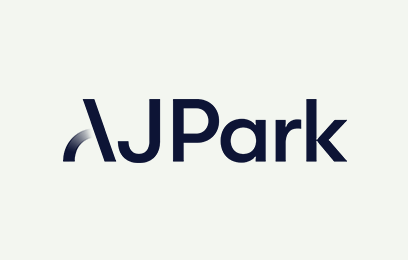The internet is about to change. A large number of new top level domains ('not-coms') are about to be released on the world. These will compete with the existing top level domains such as .com and .nz.
A new global database will offer trade mark owners important tools to protect their marks ahead of this expansion of the top-level domains. Through the Trademark Clearinghouse, trade mark owners can:
- get priority over non-trade mark owners to register newly available domain names that match their marks
- receive automatic notification if anyone else tries to register a domain name that corresponds with their marks.
The rollout of new generic top-level domains (gTLDs) is still some months off, and it will be a gradual process. They won't all be released at once. However, before that happens, trade mark owners will be able to apply to list their marks in the soon-to-be-established Clearinghouse. Any registered trade mark, may be recorded with the Trademark Clearinghouse. Only word marks or text elements of trade marks may be recorded, since only text can be used as a domain name.
Through registration with the Trademark Clearinghouse, trade mark owners will be able to take advantage of mandatory Sunrise Periods during the rollout of each new gTLD - a 30+ day period during which trade mark owners can obtain early registration for domain names that correspond with their marks. The Internet Corporation for Assigned Names and Numbers (ICANN), which is responsible for the gTLD programme, believes this will mitigate the risks to trade mark owners posed by the sudden availability of so many new domain names.
It's important to note that if you, as a trade mark owner, do not register a particular domain name that matches your mark, the Trademark Clearinghouse will not prevent anyone else registering that domain. However, anyone registering a domain name that matches exactly to a mark listed in the Trademark Clearinghouse will trigger an automatic warning, through ICANN's Trademark Claims Service, to both the trade mark owner and the registrant attempting to register the domain. The registrant will be asked to state that its use and registration of the domain name will not infringe the trade mark owner's rights, and the owner will be put on alert and may take action if appropriate. Notifications through the Trademark Claims Service will be available for at least 60 days after the Sunrise Period for each gTLD ends.
We do not yet know when the Trademark Clearinghouse will be open for taking applications from trade mark owners, but it will be relatively soon. Trade mark owners should expect costs to be associated with registering their marks, especially those owners with a large number of marks to protect. The next step is for ICANN to announce the results of its review of the 1900+ gTLD applications received during last year's initial application period - this is currently scheduled for the end of March.
A bit of background
- A generic top-level domain (gTLD) refers to the "suffix" at the end of a domain name, for example ".com", or ".net".
- The core group of generic top-level domains consists of the .com, .info, .net, and .org domains. Other domains including .aero, .name, and .pro are also considered generic, but these are designated as restricted, because registrations within them require proof of eligibility according to set guidelines.
- In June 2011 ICANN's board voted to open up the availability of gTDLs. Companies and organisations will be able to own and administer gTLDs of their choosing - although certain restrictions will still apply, including the Trademark Clearinghouse.






